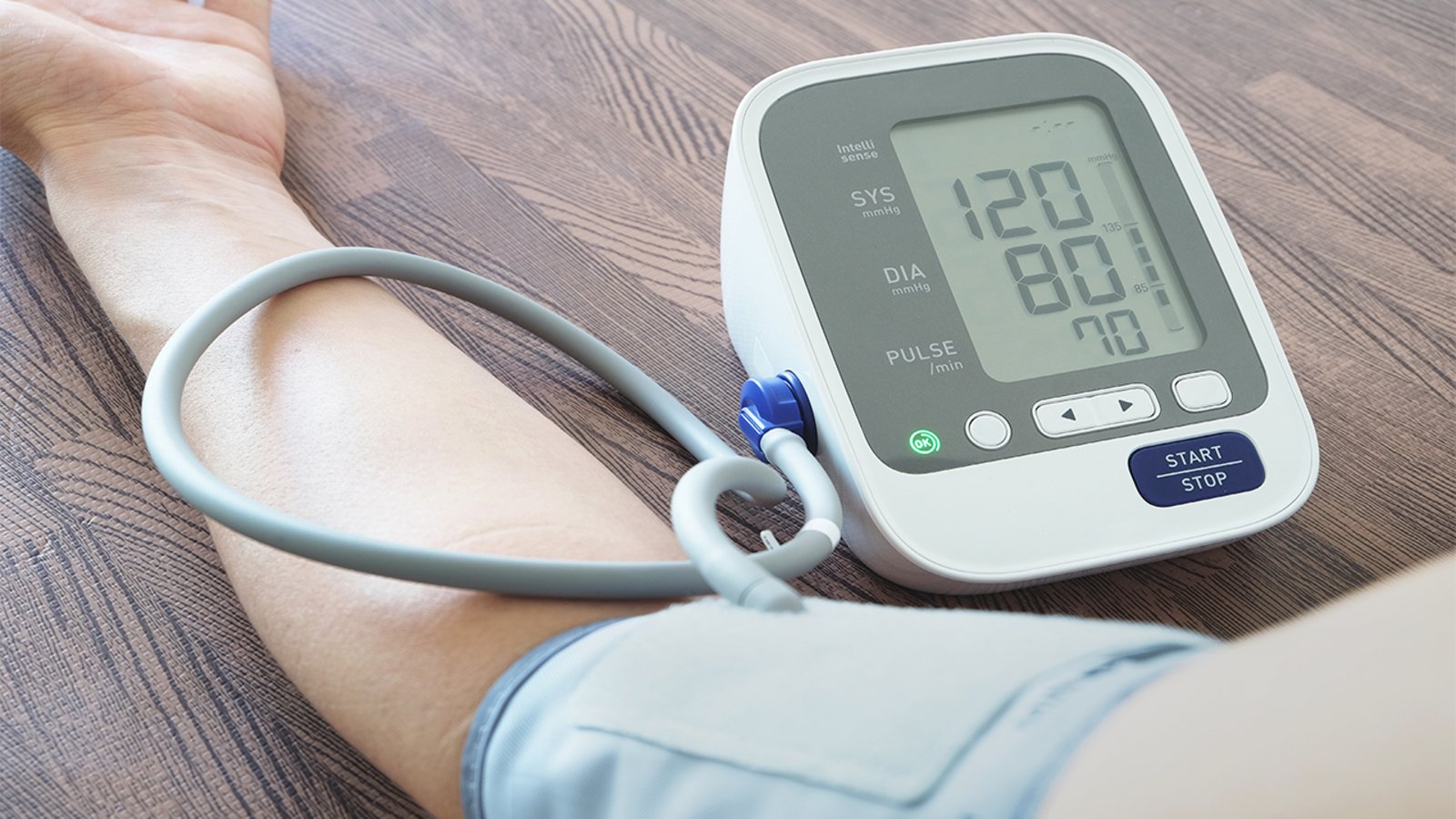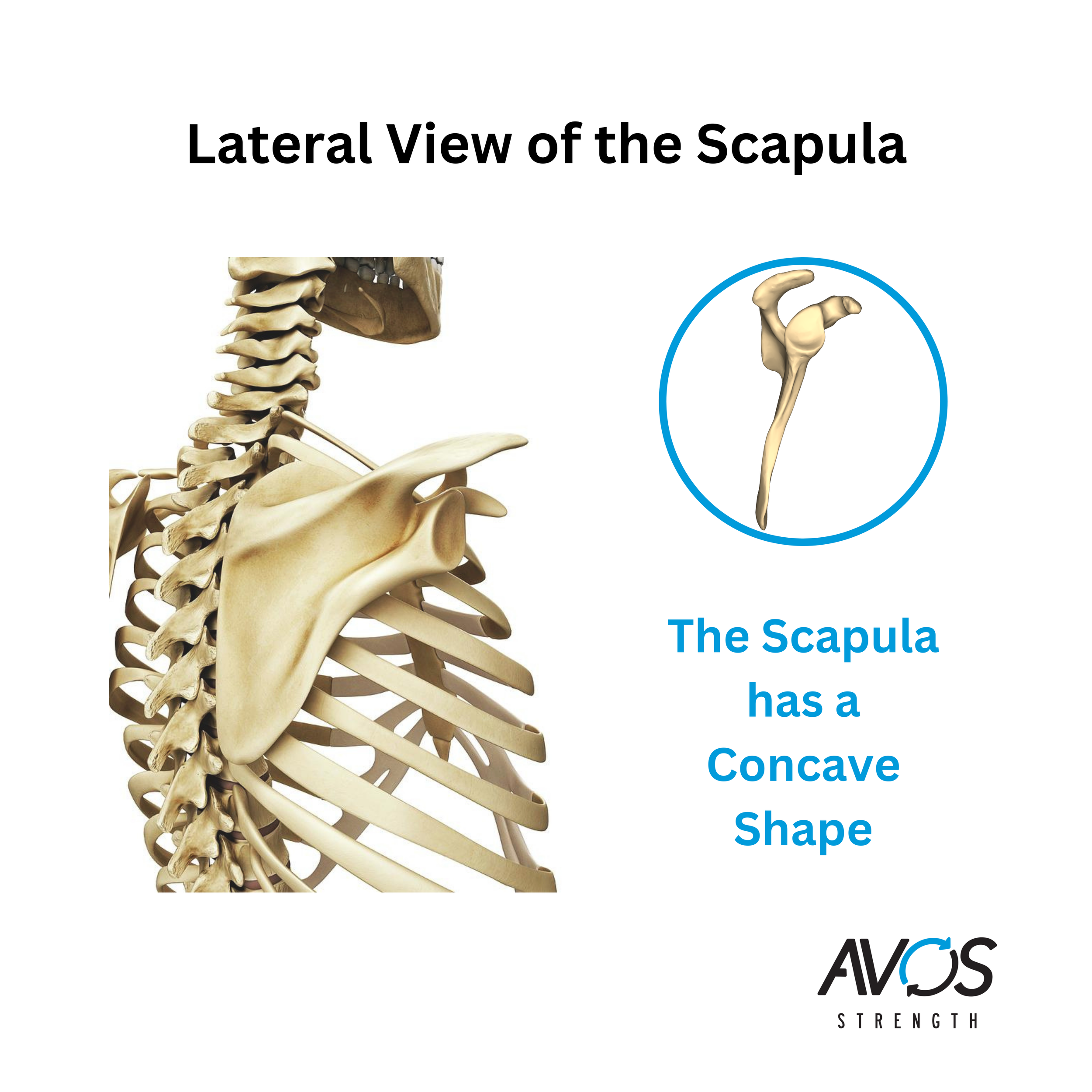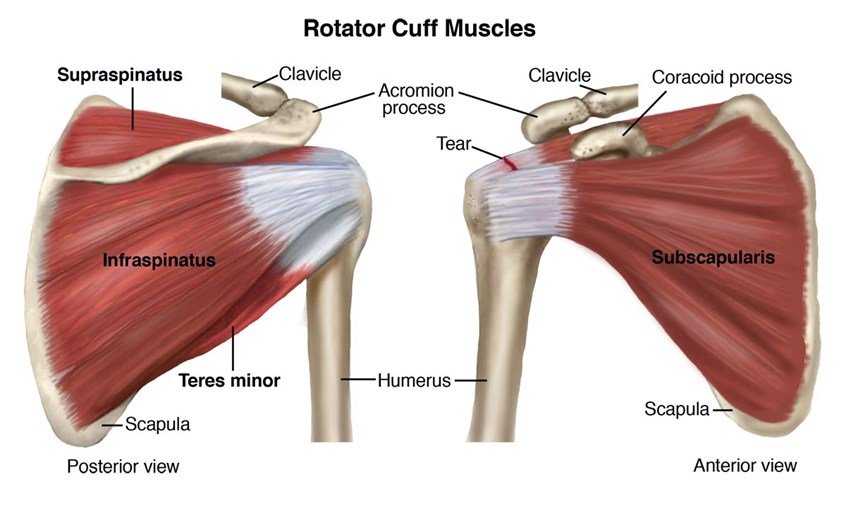Exercise is one of the most effective tools for managing type 2 diabetes. Not only does it improve blood sugar control, but it also enhances overall health and well-being. However, if you or someone you coach has type 2 diabetes, it’s essential to understand how to exercise safely and effectively. In this post, we’ll explore the benefits of both cardio and strength training, the recommended frequency of each type of exercise, and important considerations for a safe workout routine.
Why Exercise is Crucial for Managing Type 2 Diabetes
Type 2 diabetes is characterized by insulin resistance, where the body either doesn’t produce enough insulin or can’t use it efficiently. This leads to high blood sugar levels, which can cause long-term health issues if left uncontrolled. Exercise helps by improving insulin sensitivity and allowing muscles to better use glucose, which can lead to more stable blood sugar levels.
Cardio and strength training are the two primary types of exercise that offer unique benefits for managing diabetes:
Benefits of Cardio Exercise
Cardiovascular exercise, such as walking, cycling, or swimming, is excellent for:
Improving Insulin Sensitivity: Regular aerobic exercise helps your body use insulin more effectively, lowering blood sugar levels.
Lowering Blood Sugar Levels: Cardio uses glucose as a primary energy source, helping to stabilize levels during and after exercise.
Enhancing Heart Health: With a higher risk of heart disease, those with diabetes benefit greatly from cardio’s positive effects on heart function, blood pressure, and cholesterol.
Supporting Weight Loss: Cardio burns calories, which helps in managing body weight and reducing fat, especially around the abdomen, which is closely linked to insulin resistance.
Benefits of Strength Training
Strength training, such as weightlifting, bodyweight exercises, or resistance band workouts, offers these benefits:
Increased Muscle Mass: Muscle tissue is a major site for glucose storage and use, so building muscle can enhance long-term blood sugar control.
Better Glucose Uptake: Resistance training increases insulin sensitivity, helping glucose enter muscle cells more effectively.
Sustained Blood Sugar Control: The more muscle you have, the higher your resting metabolic rate, meaning your body uses more glucose even when you’re not exercising.
Improved Bone and Joint Health: Strength training is vital for bone density, joint function, and long-term mobility, reducing the risk of falls and fractures.
How Often Should You Exercise?
For optimal diabetes management, a combination of both cardio and strength training is recommended:
Cardio (Aerobic Exercise)
Frequency: 3-5 days per week.
Duration: Aim for at least 150 minutes of moderate-intensity cardio (like brisk walking) or 75 minutes of vigorous-intensity cardio (like running) per week. This can be broken down into 30 minutes most days of the week.
Intensity: Moderate to vigorous, depending on your fitness level and goals.
Strength Training (Resistance Exercise)
Frequency: At least 2-3 non-consecutive days per week.
Intensity: Perform 2-3 sets of 8-12 repetitions per exercise, targeting all major muscle groups (legs, back, chest, shoulders, arms, and core).
Combining cardio and strength training not only offers the best results for blood sugar control but also improves overall health and reduces the risk of complications associated with type 2 diabetes.
Safety Considerations: What Coaches and Clients Should Be Aware Of
While exercise is highly beneficial, there are some important considerations to keep in mind to ensure safety and effectiveness:
1. Blood Sugar Management:
Pre-Exercise Check: Before starting exercise, check blood glucose levels. If levels are below 5.5 mmol/L (100 mg/dL), consider having a small snack to avoid hypoglycemia. If levels are above 13.9 mmol/L (250 mg/dL) and ketones are present, exercise should be avoided until levels stabilize.
2. Hypoglycemia (Low Blood Sugar):
Symptoms of hypoglycemia include shakiness, dizziness, sweating, and confusion. Always have a fast-acting carbohydrate source (like glucose tablets or juice) available in case of low blood sugar.
3. Hyperglycemia (High Blood Sugar):
Be cautious if blood sugar levels are very high (above 16.7 mmol/L or 300 mg/dL), as exercise could worsen symptoms. Monitor for signs like excessive thirst, fatigue, or blurred vision.
4. Medication Timing:
Some diabetes medications can increase the risk of hypoglycemia during exercise. It’s important to time exercise sessions to avoid peaks in medication effects.
5. Hydration:
Proper hydration is crucial, especially since dehydration can lead to elevated blood sugar levels. Drink water before, during, and after exercise.
6. Foot Care:
Foot health is critical for people with diabetes. Proper footwear, regular foot inspections, and being mindful of any sores or blisters are essential.
7. Cardiovascular Health:
People with diabetes have a higher risk of heart disease, so it’s important to monitor for any signs of cardiovascular distress, such as chest pain or shortness of breath.
8. Post-Exercise Monitoring:
Blood sugar can drop hours after exercise, especially with high-intensity workouts. Encourage clients to monitor their levels for several hours post-exercise.
9. Progressive Intensity and Adaptation:
Start gradually and adjust exercises based on the individual’s fitness level and health status. Modifications may be needed for those with joint issues or other complications.
10. Open Communication:
Consistent communication between coach and client is key. Checking in about how the client feels during and after exercise ensures a safe and effective workout plan.
Conclusion
Exercise is a powerful tool for managing type 2 diabetes, and the combination of cardio and strength training provides the best results. With proper planning, monitoring, and awareness of the client’s condition, coaches can help individuals with type 2 diabetes enjoy the benefits of exercise while minimizing risks. Whether you’re focusing on improving insulin sensitivity, stabilizing blood sugar, or enhancing overall health, a balanced exercise routine can make a significant difference.
Remember: Always consult with a healthcare provider before starting a new exercise routine, especially if you’re managing a chronic condition like type 2 diabetes.








